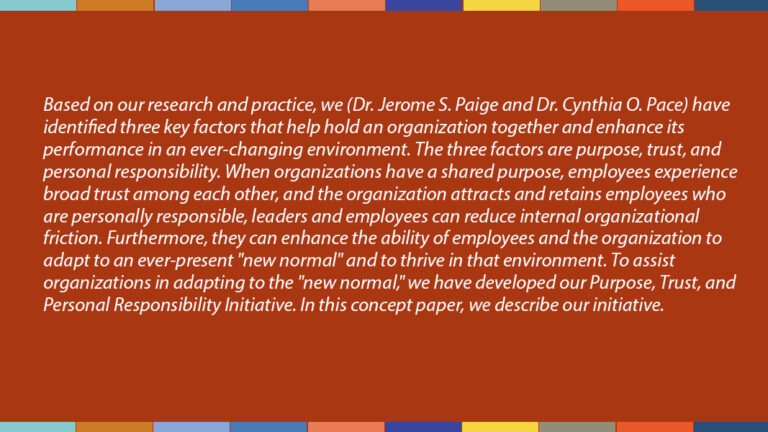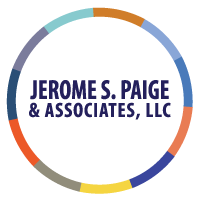COVID-19 and the subsequent lockdown broke the spell many had about work. Its enchantment dissipated. What happened?
Some
- Exited the labor market, including retiring early
- Negotiated higher pay
- Left jobs that were deadening before and during the Pandemic
- Lost any allure they had for work, even when they didn’t have options
Several trends unfolded simultaneously. We ended up with “work without workers.” Workers went missing. They are fewer workers than we should have, according to labor market estimates. One writer asked whether America was experiencing an unofficial “general strike.”
Due to organizational and technical restructuring, we also found we have “workers without work.” As a result, we were using technology to offset the reduction in labor and replace “working” workers to keep labor costs from rising too quickly.
Along with “The Great Resignation” came the “The Great Realignment.” People pushed for better and higher-paying jobs. As a result, even wages for the lowest earners are growing.
Then too, there is “The Great Reassessment.” Some are now measuring workplace success in terms of how much control they have over when and how they work.
Workers are looking for more money, more meaning, and less burnout.
Some call it “The Great Reprioritization.
As I’ve been reading articles about “The Greats,” my thoughts turned to the model of organizational change my colleague, Dr. Cynthia O. Pace, and I had codified in 2014. Our codification culminated in the work that we began in 2003.
Here’s a summary of our “Purpose, Trust, and Personal Responsibility Initiative.”

In our model, you’ll find many of the elements that formed the basis of our new book, Making Trust Happen! How To Think and Talk About Trust & Experience and Create It. Click here to purchase a copy.
Our “Trust Dimension IV” is our “structural or alignment-based” trust. It’s our individual and organizational purpose dimension of trust. “Alignment-based trust” exists when:
I’m working in an environment where my work expectations and those of my organization align, and I have a mutual desire to remain a part of the organization.
“Trust Happens” in this dimension because roles and responsibilities are clear, and team members share direction, engage in collective decision-making, and jointly implement the organizational strategy.
We based our Purpose, Trust, and Personal Responsibility Initiative and our book on the premise that organizations will have to be in a constant state of realignment. Therefore, their internal organizational change rate must equal or exceed the rate of change external to the organization.
With “alignment-based trust,” re-enchantment happens.
